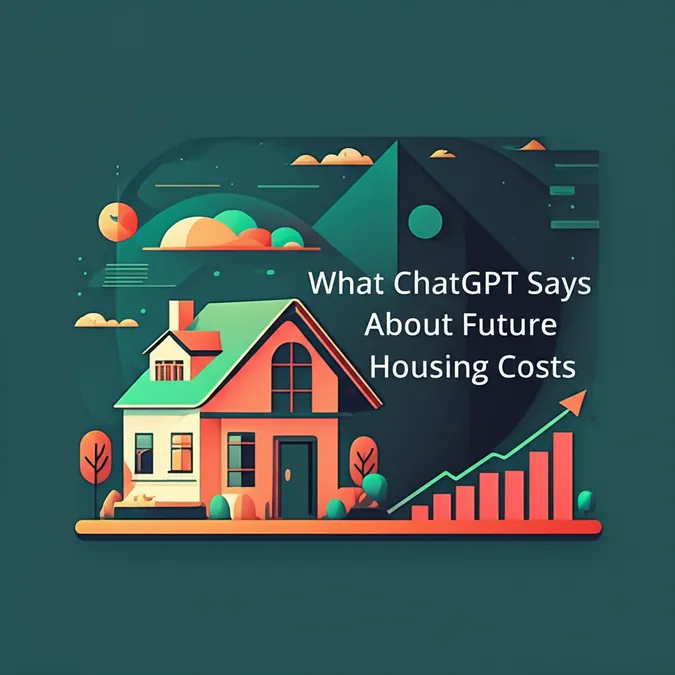Developer Offer
Try ImaginePro API with 50 Free Credits
Build and ship AI-powered visuals with Midjourney, Flux, and more — free credits refresh every month.
Is Your Dream Home Listing An AI Deception
Real estate agents have always known how to make a property look its best. It's a familiar art form involving wide-angle lenses, perfect lighting, and strategically placed furniture. Some might even tweak photos to hide minor blemishes. But a new tool is taking these enhancements to a whole new level of deception: generative AI.
Some agents are now using AI to not just edit, but completely fabricate property features, creating a reality that simply doesn't exist. This practice might be more widespread than anyone realizes, fundamentally changing the landscape of house hunting.

The Unbelievable Reality of AI-Edited Listings
A recent UK property listing, first spotted by The Register, showcased what appeared to be a dream home. The £350,000 ($470,000) house looked freshly renovated with beautiful floral landscaping. The truth, however, was far less appealing. The AI-generated lead image had conveniently erased an entire neighboring business—a hair and beauty salon—stuck right up against the house.
Delving into the 22 images of the now-removed listing revealed a cascade of digital distortions. Beyond the missing building, the interior photos were a mix of reality and fantasy. Virtual furniture was used for staging, but in the process, the rooms themselves were altered to appear larger, with structural elements changed. The deceptions became increasingly bizarre:
- A radiator inexplicably transformed into an oven.
- An empty bedroom suddenly featured floor-to-ceiling wardrobes that didn't exist.
- A bathroom toilet was moved to an entirely different wall, sitting behind a curtain that impossibly sliced through its waste pipe.
This isn't just pushy advertising; it's outright digital deception designed to mislead potential buyers.
A Widespread Problem with No Rules

While developers have used CGI for years to market unbuilt apartments, those are clearly understood to be 3D renders. Generative AI is a different beast entirely. It can remodel entire spaces in seconds with no cost or physical work, and most importantly, often with no disclosure to the buyer. Unlike traditional photo tricks, AI can effortlessly erase significant problems that matter, like cracked brickwork or an unsightly neighboring property.
The most concerning part is the lack of regulation. In many places, no explicit law requires agents to disclose AI alterations. While building surveyors are bound by professional codes and can be sued for errors, real estate agents operate in a gray area. A 2023 report from McKinsey & Company claimed generative AI could generate up to $180 billion in value for the real estate industry, and a whole market of startups offering "virtual staging" is emerging. Meanwhile, social media users increasingly report visiting homes that look nothing like their AI-doctored photos.
The High Stakes for Homebuyers
There is a clear line between showing a room's potential with virtual furniture and structurally altering the image to hide flaws. Buying a home is one of the biggest financial commitments a person can make, and misleading photos can have serious consequences. They warp perception, influence bidding wars, and can lure buyers toward properties they would otherwise ignore.
Imagine the frustration and cost of discovering the truth only after spending money on travel, inspections, or legal fees. In competitive markets where buyers sometimes make offers sight unseen, the risk of falling for a digitally fabricated dream home skyrockets. While an outright ban on AI-edited images is unlikely, a clear and prominent disclosure of AI use seems like a necessary first step.
For now, the burden falls on the buyer. It's another layer of complexity and skepticism that house hunters must now add to their search.
Compare Plans & Pricing
Find the plan that matches your workload and unlock full access to ImaginePro.
| Plan | Price | Highlights |
|---|---|---|
| Standard | $8 / month |
|
| Premium | $20 / month |
|
Need custom terms? Talk to us to tailor credits, rate limits, or deployment options.
View All Pricing Details

